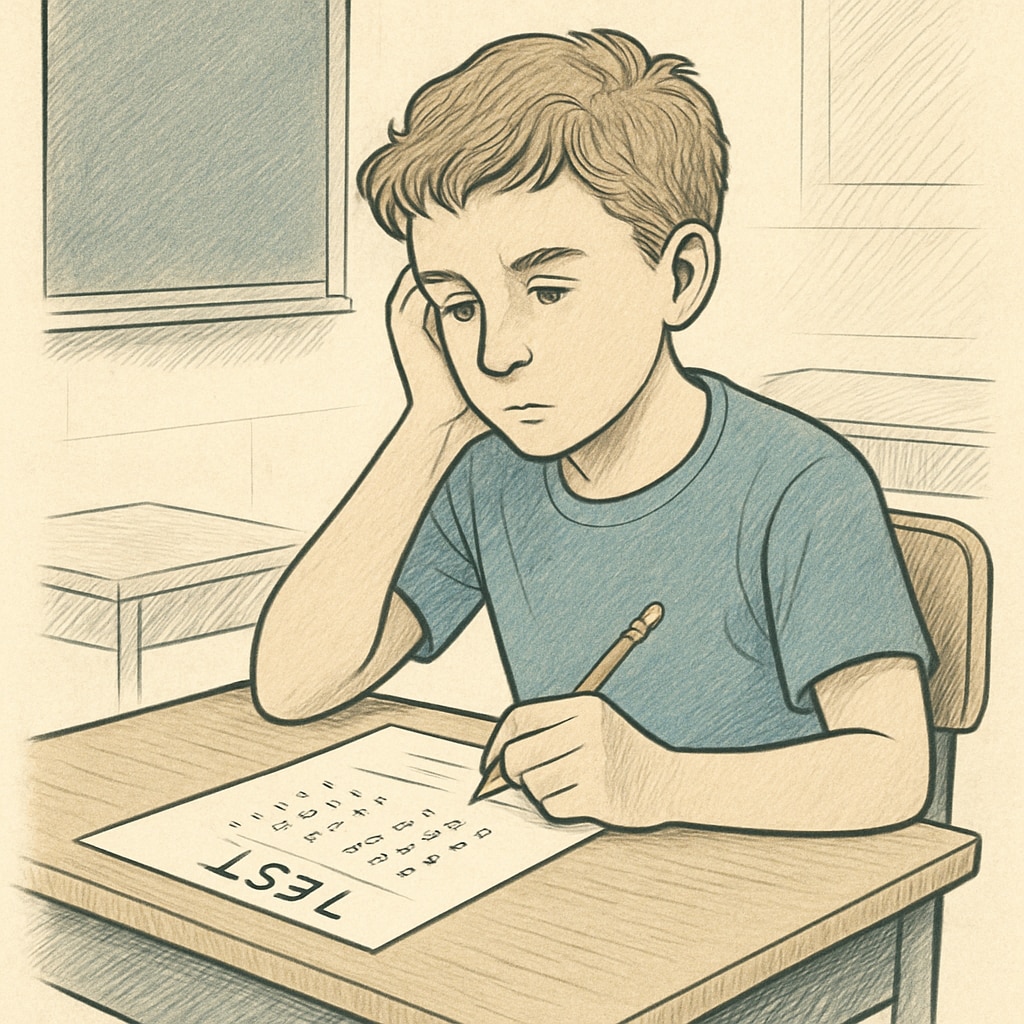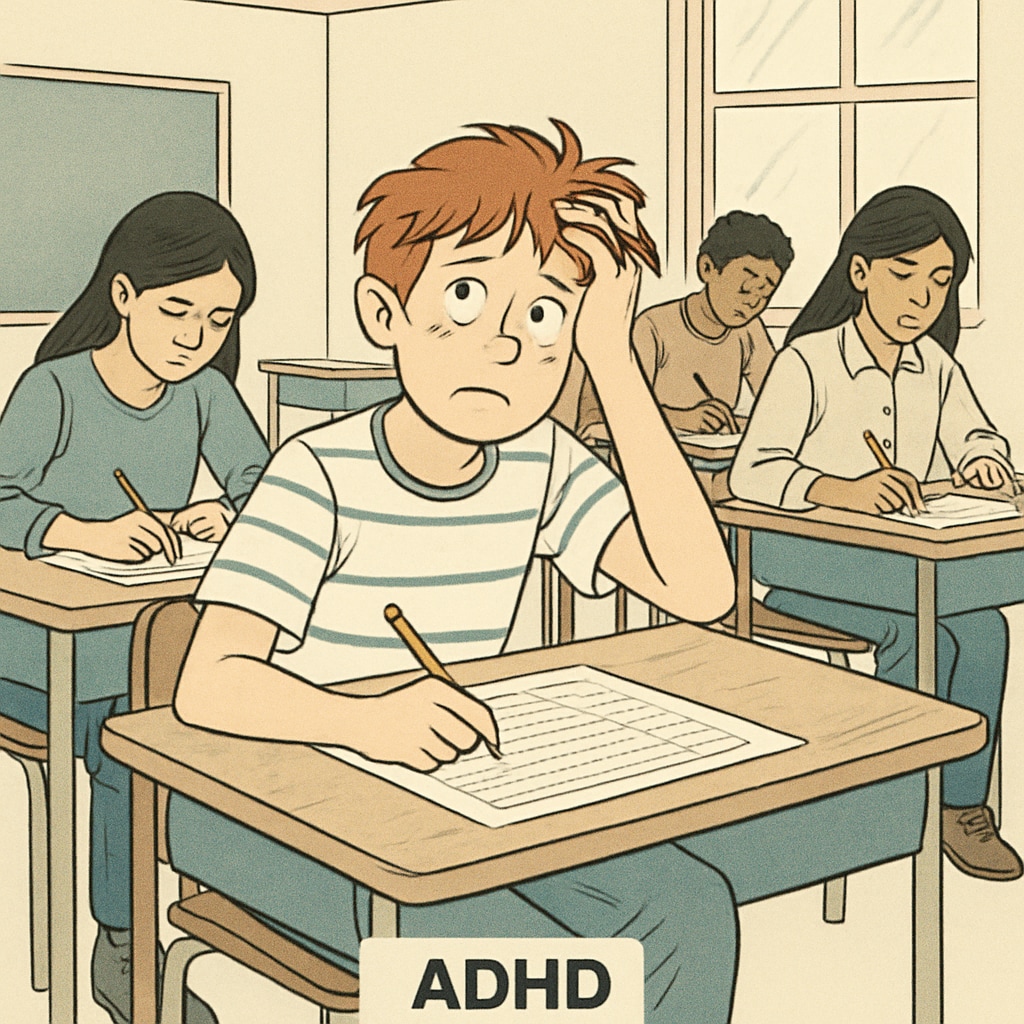Current gifted education systems often rely heavily on standardized tests and rigid performance criteria, inadvertently excluding students with ADHD who exhibit unique learning potential. Despite their ability to excel in specific areas, many ADHD students are overlooked due to their non-traditional learning styles and behaviors. This article explores the flaws in current selection mechanisms and advocates for a more inclusive approach that values diverse forms of intelligence.

Understanding ADHD Students in Academic Contexts
ADHD (Attention-Deficit/Hyperactivity Disorder) is commonly associated with difficulties in focus, impulsivity, and hyperactivity. However, it is also linked to creative thinking, problem-solving abilities, and high levels of energy—attributes that can contribute to outstanding academic achievements. Unfortunately, many ADHD students fall through the cracks in gifted education systems because these systems prioritize conformity and standardized assessment over holistic evaluations.
For example, ADHD students may struggle with organization or time management during testing but could possess exceptional skills in areas like abstract reasoning, artistic creativity, or innovative problem-solving. This mismatch between traditional criteria and their actual capabilities often prevents them from being identified as “gifted.”
The Limitations of Standardized Tests in Gifted Selection
Standardized tests are a common tool for assessing giftedness, but they fail to capture the diverse talents and potential of many students, including those with ADHD. These tests emphasize short-term performance under strict conditions, which may not align with how ADHD students process information. As a result, their unique strengths—such as lateral thinking and the ability to connect seemingly unrelated concepts—remain unrecognized.

In addition, ADHD students may struggle with sustaining attention on repetitive tasks or rigid instructions, which can impact their test scores negatively. However, studies have shown that ADHD individuals often excel in dynamic, hands-on learning environments where creativity and adaptability are key. A Britannica article on ADHD highlights how the condition enables divergent thinking, a form of creativity essential for innovation.
Case Studies: Missed Opportunities in Gifted Education
The exclusion of ADHD students from gifted programs is not merely theoretical; real-life examples demonstrate this systemic issue. For instance, consider the case of Alex, an 11-year-old ADHD student who scored in the top percentile of a math aptitude test but was rejected from his school’s gifted program. Teachers cited his classroom behavior and inconsistent homework performance as reasons for denial. Yet Alex exhibited extraordinary abilities in solving complex mathematical problems and thinking outside the box.
Such cases call attention to flaws in current selection processes. By focusing solely on traditional metrics like grades and standardized scores, schools risk overlooking students who possess unconventional forms of intelligence. For further understanding of intelligence diversity, explore Howard Gardner’s theory of multiple intelligences, which emphasizes the need to value various types of intellectual strengths.
Recommendations for More Inclusive Gifted Programs
To address these issues, gifted education systems must adopt more inclusive practices that accommodate diverse learning styles. Here are some recommendations:
- Incorporate alternative assessments, such as project-based evaluations, where ADHD students can showcase creativity and innovation.
- Train educators to recognize non-traditional markers of giftedness, such as exceptional storytelling, artistic expression, or leadership skills.
- Create environments that support neurodiverse learners, such as flexible classroom arrangements and personalized learning plans.
- Use longitudinal assessments to track potential over time, rather than relying solely on one-time standardized tests.
By implementing these changes, schools can ensure that all students, including those with ADHD, have equal opportunities to thrive and contribute their unique talents to society.
Conclusion: Broadening the Definition of “Gifted”
The current reliance on standardized tests and rigid criteria in gifted education often excludes students with ADHD, who possess remarkable abilities that don’t fit traditional molds. Recognizing their potential requires a shift in how we define and evaluate giftedness. By embracing diversity in intelligence and learning styles, schools can create more inclusive programs that nurture all forms of brilliance, including the unconventional genius of ADHD students.
Ultimately, broadening the definition of “gifted” is not just about fairness—it’s about leveraging the full spectrum of human potential to build a brighter future for all.


